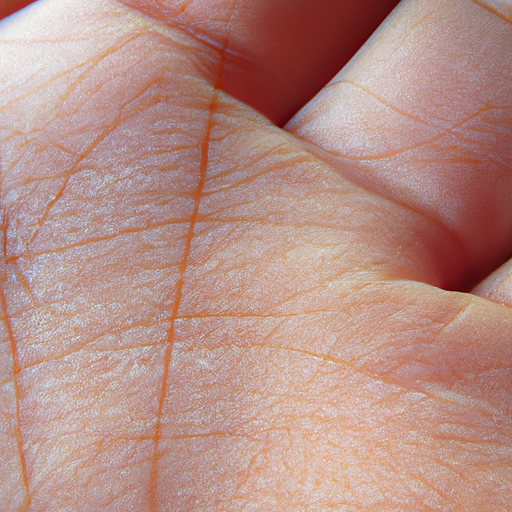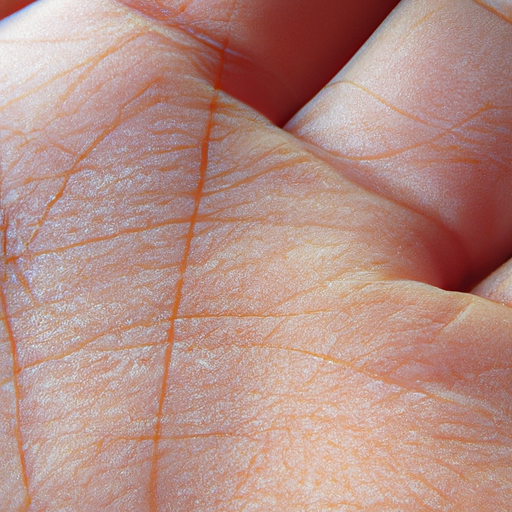As a dermatologist, I have encountered countless patients who struggle with dry skin. Dry skin, also known as xerosis cutis, is a common condition that can cause discomfort and affect your appearance. It can occur for a variety of reasons and can be managed effectively with the right diagnosis and treatment. This article aims to unmask dry skin, providing a comprehensive guide to its diagnosis and treatment.
Dry skin is characterized by a lack of appropriate moisture in the most superficial layer of the skin, the epidermis. While dry skin can affect any part of the body, it is most commonly observed on hands, arms, and lower legs. Symptoms range from a feeling of skin tightness, roughness, itching, to more severe signs like flaking, cracking or even bleeding.
Several factors contribute to dry skin. Environmental factors such as cold or dry weather, low humidity levels, and excessive sun exposure can strip the skin of its natural moisture. Internal factors like age, genetics, overall health, and certain medical conditions like diabetes or hypothyroidism also play a role. Furthermore, frequent bathing, use of harsh soaps, and certain medications can exacerbate dry skin.
Diagnosing dry skin is usually straightforward. As dermatologists, we rely on a detailed medical history and physical examination. In some cases, we may perform specific tests such as a skin biopsy or allergy testing to rule out other conditions that may mimic or contribute to dry skin.
Once diagnosed, the treatment of dry skin primarily involves replenishing the lost moisture and protecting the skin from further damage. This is achieved through a combination of lifestyle modifications and topical treatments.
Lifestyle modifications include avoiding hot showers and harsh soaps, which can strip the skin of its natural oils. Instead, opt for lukewarm water and mild, fragrance-free cleansers. After bathing, gently pat your skin dry and immediately apply a moisturizer to lock in moisture. Using a humidifier in dry weather and staying hydrated by drinking plenty of water can also help maintain skin moisture.
Topical treatments play a crucial role in managing dry skin. Over-the-counter moisturizers containing ingredients like glycerin, lactic acid, urea, hyaluronic acid, or ceramides can be beneficial. These ingredients help attract and retain moisture in the skin. For severe cases, prescription creams or ointments containing hydrocortisone may be recommended to reduce inflammation and itching.
In conclusion, dry skin is a common condition that can cause significant discomfort but is generally manageable with the right approach. It is important to understand that everyone’s skin is unique, and what works for one person may not work for another. Therefore, if you are struggling with persistent dry skin, I recommend consulting a dermatologist who can provide personalized advice based on your specific needs and condition.
Remember, healthy skin is not just about looking good; it’s a reflection of our overall health. So, take care of your skin, and it will certainly thank you!




